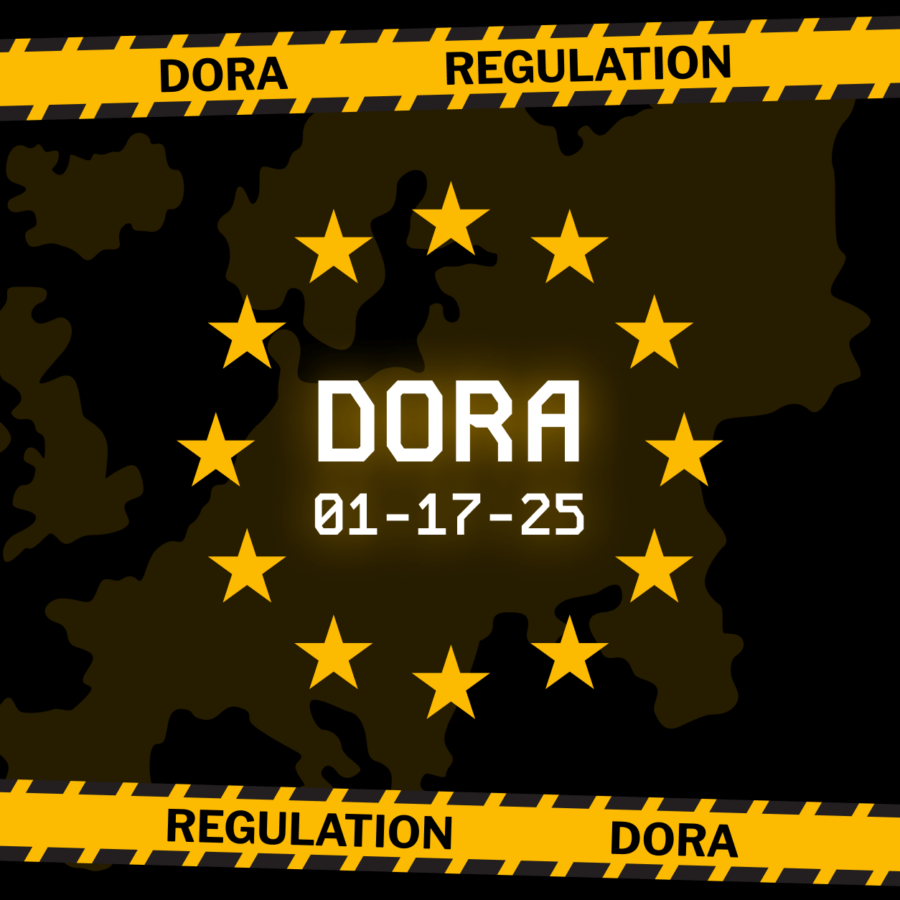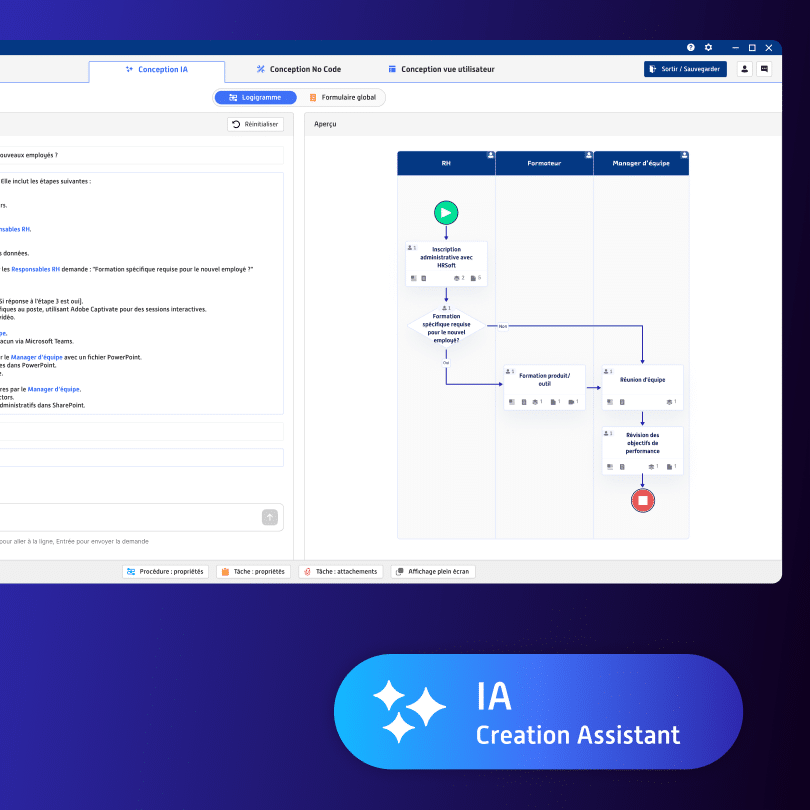On top of current trends, Corporate Social Networks (CSNs) have quickly become the new must-have innovation for companies to boost their competitiveness, but the sheer number of available solutions can prove confusing. Olivier Bourrouilh, ROK Solution CEO, tackles this question, talks about what makes CSNs effective, and puts their daily use in perspective.
Let’s consider CSNs from a better angle!
Olivier Bourrouilh, hello and thank you for taking the time to answer our questions. You are the CEO of ROK Solution, a Collaborative Intelligence platform for companies. Today we will talk about Corporate Social Networks, or CSNs. Beyond the process management side of ROK, another essential feature of your platform is to provide companies with a wide selection of communication tools. Let’s start with the basics. What exactly are CSNs, and what do we use them for?
Olivier Bourrouilh: A CSN is a rather large concept that includes many corporate communication and collaboration tools, like chat, wikis, internet, videoconference, VoIP… This all-encompassing concept has been pushed forward by the younger generation, who was born with Facebook and has always had the ability to communicate online at all times. When we ask the question “What can we use CSNs for?” we often confuse the tool (a CSN means implementing communication tools) and its purpose (Why do I want people in my company to communicate? What for? What is the purpose of establishing this communication? Do I want them to communicate as they would next to a coffee machine, or in a conference room, sharing thoughts about various topics, or specifically dealing with a project?) I think this is an essential prerequisite for any company that would consider implementing a CSN in their structure.
According to you, what are the other prerequisites to using a CSN?
Olivier Bourrouilh: If we consider this issue from the right angle, that is to say, by considering the available tools as a means and not an end, a CSN’s purpose will be to create bridges between collaborators and even company partners, adding work value to their communication.
Yes, we will use these tools but we will do it with an organization structure in mind. I remember giving a speech for French TV channel Canal+ about the “Second World”, a place where we could “walk around the web” thanks to an interface designed after the streets of Paris. We could reach a number of people and chat, discuss, exchange… I logged in on a Friday, and tech teams at Canal+ were really excited about creating some sort of Constitution to define communication rules for their virtual interface.
If we consider a Corporate Social Network as a simple wiki, chat or videoconference platform, it’s easy to end up in anarchy. Companies need to implement CSNs around a clearly defined organization structure, and create a “Constitution” that will allow people to communicate with a purpose in mind. This all needs to be laid out beforehand, so I think one of the essential requisites of a successful CSN is a tool that can model the kind of collaboration you want to establish. This has to do with workflow model and it’s a rather complex matter. The workflow needs to consider Who does What, with Whom and with Which tools according to the different tasks (content management, photos, files, etc.) At its core, an efficient CSN should have a workflow that gives access to VoIP, wiki or chat functions according to the organization layout, as well as content management tools, and monitoring data for managers. In short, you need to see how to organize a collaborative democracy, with rules you will be able to establish and enforce. Today, we notice that a lot of CSN solutions are built the wrong way. We think having communication means the same as a CSN. This is not true. Communication tools are here to strengthen your company’s existing social network features and make them more efficient.
Some say “companies only need to implement CSN tools, collaboration will happen intuitively”. Do you agree with this vision of CSNs?
Olivier Bourrouilh: Not really. I think this approach to CSN tools, which is shared by many companies, often leads to failure. Managers want to implement a social network in their company because they see it as the next step they absolutely need to take. By doing that, they will implement communication tools and forget about establishing inherent rules. CSNs are complex and need to be as user-friendly as possible for collaborators. This is about enhancing workflows with the available communication tools. The complexity of this kind of tools makes CSNs even more of a challenging investment. Migration and change management must happen as simply as possible. The network must support collaborators and lead them to meet the added value potential they can now access.
Thank you for your insight on this matter, Olivier. Stay tuned for more soon on www.rok-solution.com

